Vendors from surrounding villages – mostly women – arrive before sunrise, setting up pitches on the floor and offering everything from rice to foraged herbs, chilli peppers, frogs, dried buffalo skin crisps and freshwater fish displayed in bamboo baskets.
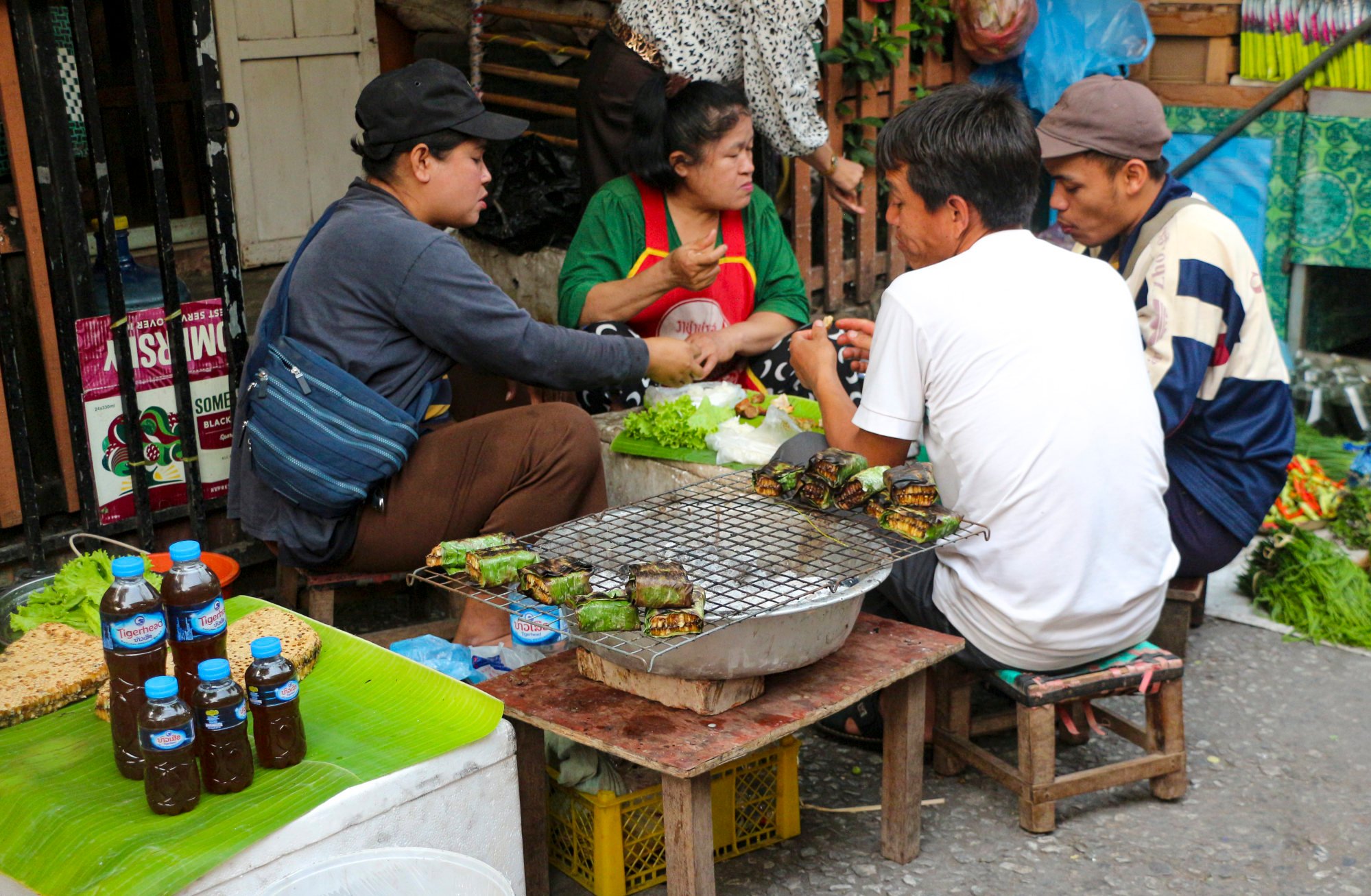
Much like the country itself, Laotian food has remained largely unknown to outsiders.
The Lao had to focus on rebuilding following the end of the Vietnam war in 1975, says Lao-American Saeng Douangdara, a personal chef in Los Angeles with a large TikTok following. The country was heavily bombed during the conflict by US forces targeting North Vietnamese supply lines.
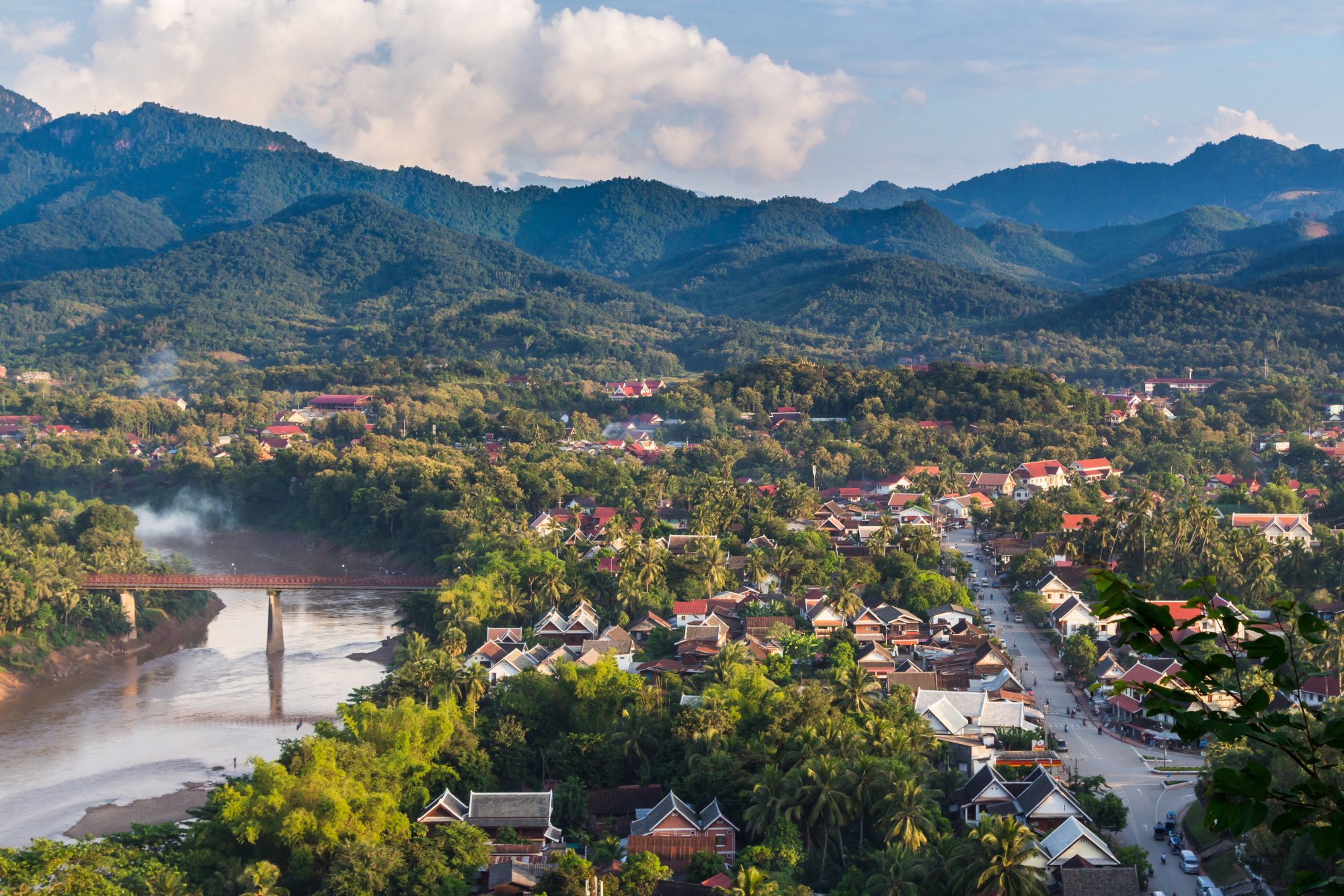
“For many Lao refugees in Western countries, like my family, the primary focus was survival,” he says. “So we opened Thai restaurants in America because Thai cuisine was already well-known and popular among Americans.
“Chefs would secretly prepare Lao food on the side for themselves to enjoy. They were not sure whether Americans would appreciate the vibrant flavours.”
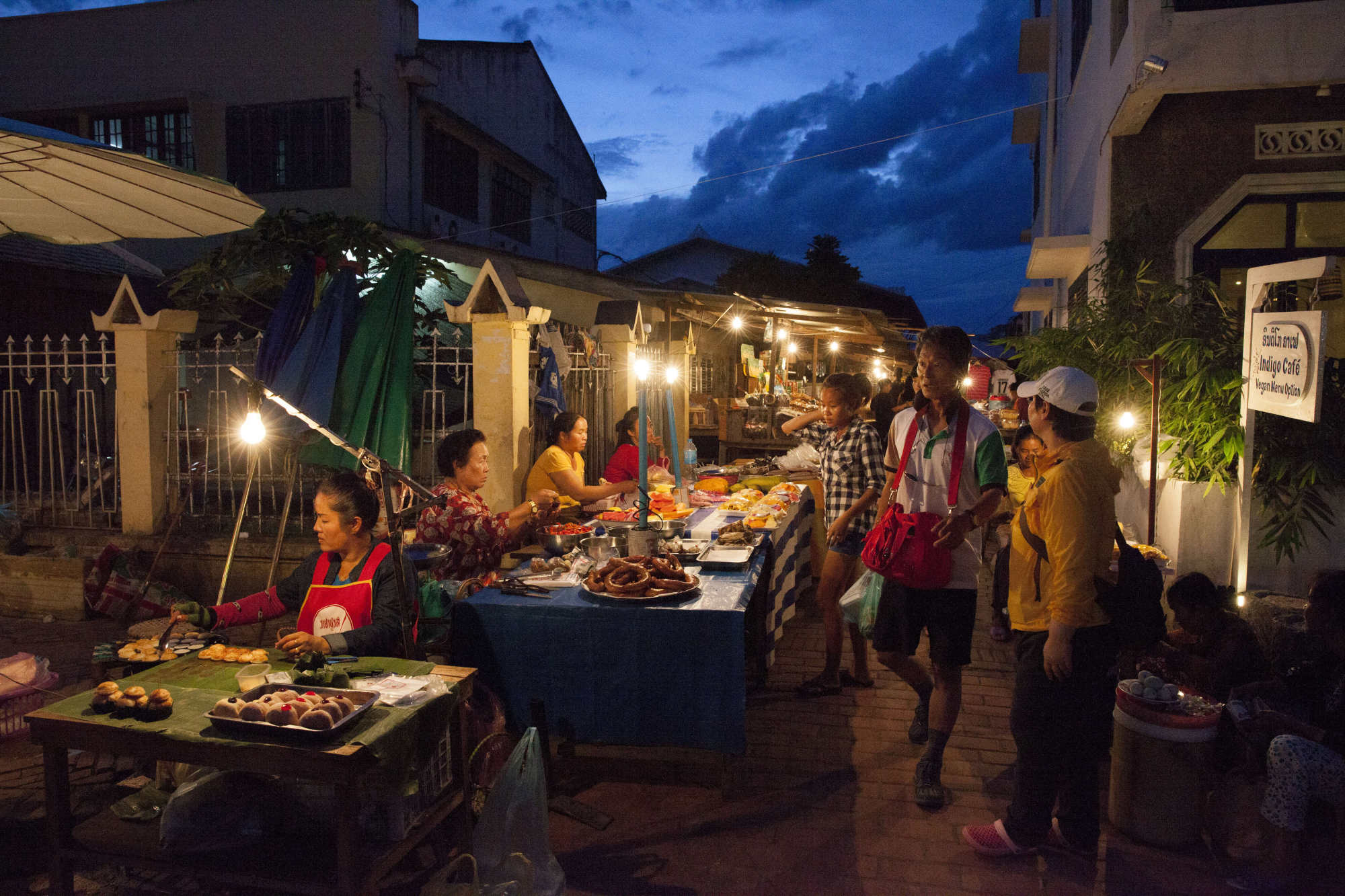
Occupying a terracotta-tiled building with pastel green windows, Tamarind has open-air seating with wooden tables and houseplants.
Its set menus afford diners an understanding of Laotian cuisine, and the restaurant doubles as a cooking school with tasting sessions, hands-on classes and market tours.
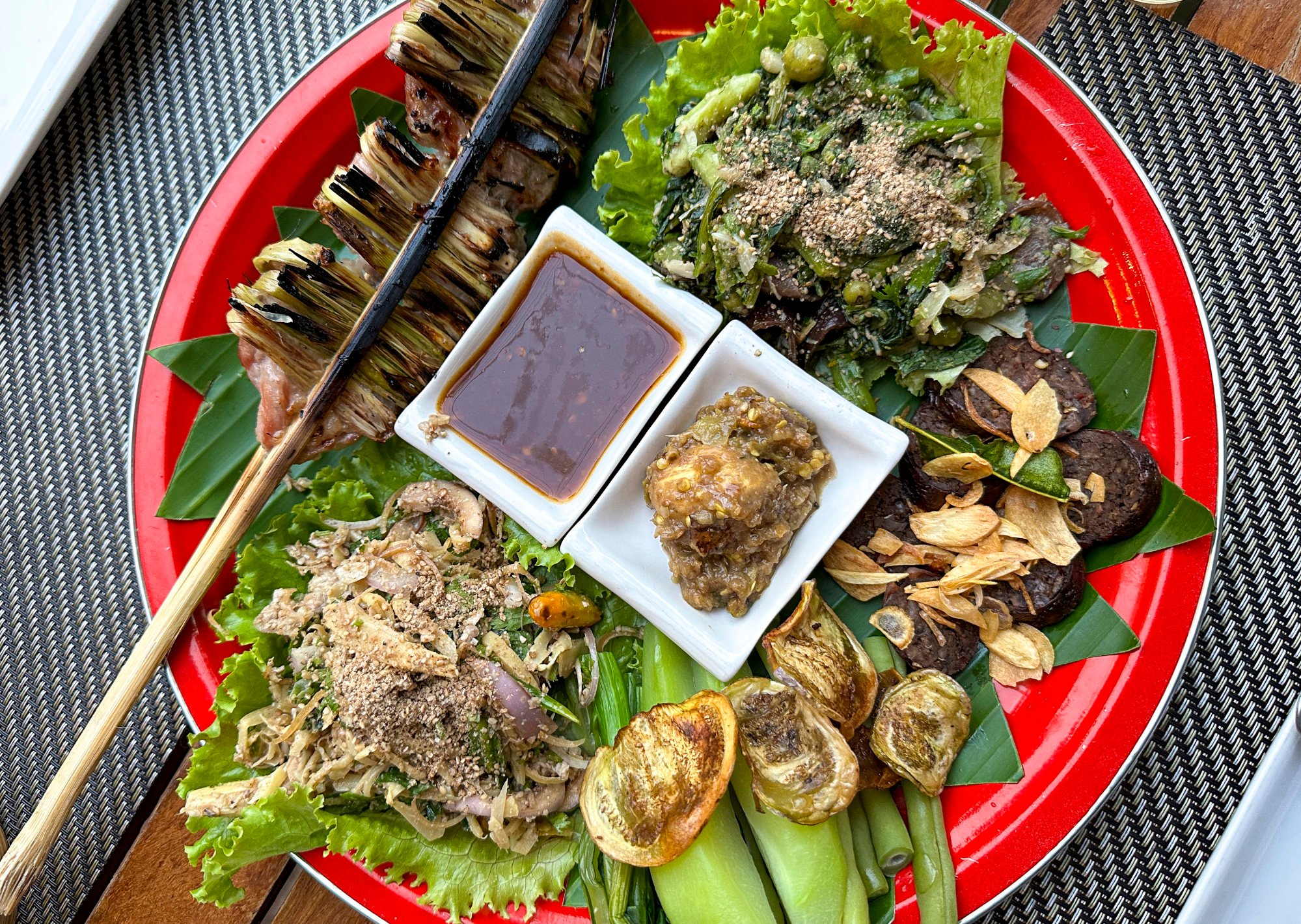
Head chef Joy Ngeuamboupha and his sisters prepare dinners that begin with a shot of rice whisky followed by gaeng nor mai, a hot bamboo stew cooked with wood ear mushrooms, squash and okra, and flavoured with yanang, a native herb.
Before we dig in, a waiter explains the ingredients used for each dish, and how to appreciate mok pa (fish steamed in a banana leaf pocket) by biting into fresh chilli after each mouthful.
“Many people outside Laos think that Lao food is the same as Thai food,” says Ngeuamboupha, who opened the restaurant with his wife. “But it’s not true. There’s less use of spices and dried herbs.
“In Laos, we cook a lot with different kinds of meat and fresh herbs,” he adds. “I feel that we combine a lot of earthy, bitter notes.”
For Lao people, food holds a central place. It serves as a unifying force that brings people together
“Sticky rice holds a central role in Lao culture, with every village tending to their own rice fields,” he says. “Life revolves around this staple.”
The freshwater fish that are integral to the cuisine come from the Mekong, which flows right through the country.
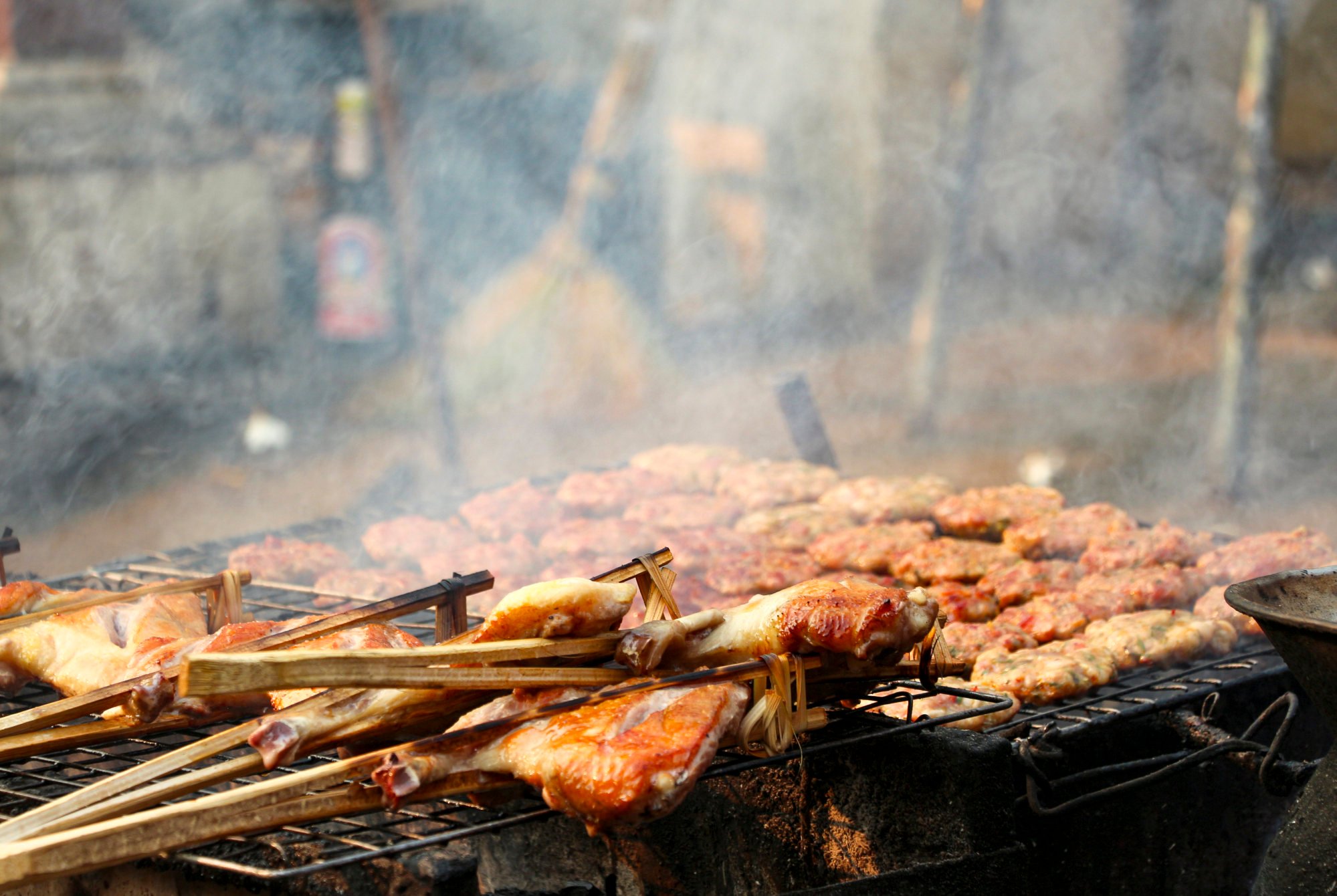
“Lao cuisine so fearlessly incorporates pungency and spiciness, and skilfully balances flavours with the use of fresh herbs and seasonal vegetables,” Douangdara says. This is a skill born out of a need to forage.
Ngeuamboupha grew up in the countryside and it was often difficult to find enough food for the whole family. “When I went hunting with my father, he would teach me how to cook, what I can cook and eat, especially if I get lost in the forest,” he says. “He taught me which parts of animals are edible and tasty.”
The young chefs who’ve made Bangkok one of Asia’s best dining destinations
The young chefs who’ve made Bangkok one of Asia’s best dining destinations
No Keomany, a restaurant supervisor at Luang Prabang’s Belmond La Résidence Phou Vao hotel, had a similar childhood. At dusk, Keomany would head to the riverbanks to catch fish and crabs, which would be preserved by being sun-dried.
“There are so many things you can eat from the jungle, but people in cities don’t know that,” Keomany says. “When we lived on the farm, we didn’t have cooking gas or even a pan for cooking. So we used bamboo hollows to cook our food.”
Chef Larisa Vesterbacka may be Russian, but at Tam Nan, Belmond’s newly revamped restaurant, she has crafted a menu that is rooted in these Laotian traditions.
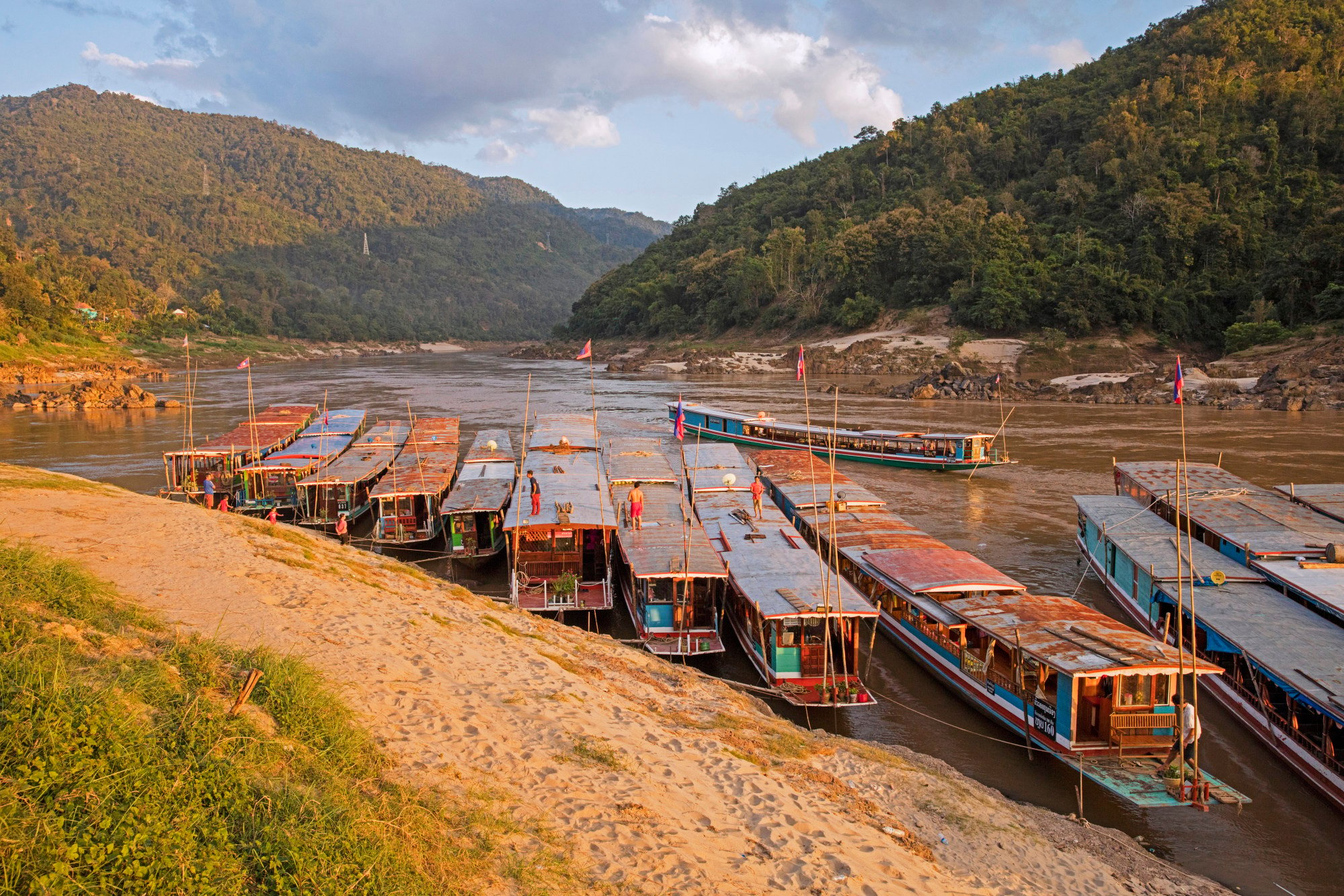
“What excites me the most is that Lao cuisine uses a variety of local herbs and spices, as well as the process of fermenting local vegetables, beans, salted lime, sun-dried meat, and fish to create so many interesting flavours and combinations,” Vesterbacka says.
The American chef who is taking Laotian food to Laos
The American chef who is taking Laotian food to Laos
The restaurant’s interior walls are painted a mix of magenta and white and hung with colourful paintings, and there’s a boutique in one corner selling T-shirts, soft toys and tote bags made by marginalised youngsters.
A couple of wooden tables surrounded by plants stand on the restaurant’s small patio, alongside a busy alley.

“For Lao people, food holds a central place. It serves as a unifying force that brings people together,” he adds.

